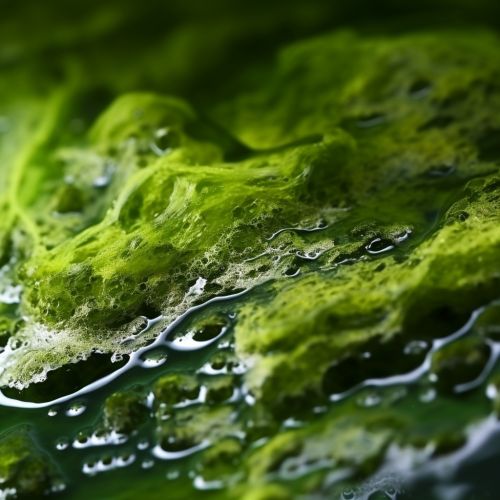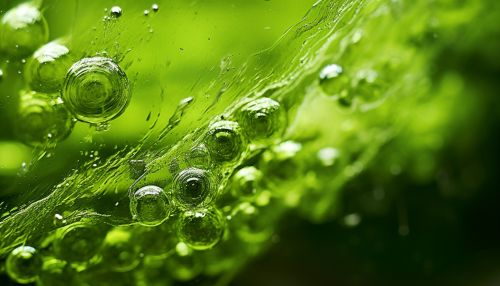Mechanisms of Hydrogen Production by Green Algae
Introduction
Green algae are a diverse group of photosynthetic organisms that have evolved to utilize sunlight to generate energy through the process of photosynthesis. One of the byproducts of this process is hydrogen, a clean and renewable source of energy. The mechanisms of hydrogen production by green algae are complex and involve a series of biochemical reactions that occur within the cells of the algae.


Biochemical Pathways Involved in Hydrogen Production
The production of hydrogen by green algae primarily involves two biochemical pathways: the photosynthetic electron transport chain and the fermentation pathway.
Photosynthetic Electron Transport Chain
The photosynthetic electron transport chain is a series of protein complexes located within the chloroplast membranes of the algae cells. These complexes use the energy from sunlight to drive the transfer of electrons from water to NADP+, a process that generates ATP and NADPH. These molecules are then used in the Calvin cycle to fix carbon dioxide into organic compounds.
During this process, a small fraction of the electrons can be diverted from their normal pathway and used to reduce protons to hydrogen. This reaction is catalyzed by an enzyme called hydrogenase, which is present in some species of green algae.
Fermentation Pathway
The fermentation pathway is another mechanism through which green algae can produce hydrogen. This pathway is typically activated under anaerobic conditions, when the algae cells are deprived of oxygen. Under these conditions, the algae switch from photosynthesis to fermentation, a process that allows them to generate energy by breaking down stored organic compounds.
One of the byproducts of this process is hydrogen, which is produced by the action of a different type of hydrogenase enzyme. This enzyme, known as ferredoxin-dependent hydrogenase, uses electrons from ferredoxin to reduce protons to hydrogen.
Factors Influencing Hydrogen Production
Several factors can influence the rate and efficiency of hydrogen production by green algae. These include light intensity, temperature, nutrient availability, and the presence of oxygen.
Light Intensity
Light intensity is a critical factor that influences the rate of photosynthesis and, consequently, the production of hydrogen. Higher light intensities can drive the photosynthetic electron transport chain at a faster rate, leading to increased production of ATP and NADPH. However, excessively high light intensities can also lead to photoinhibition, a phenomenon that can damage the photosynthetic machinery and reduce the efficiency of hydrogen production.
Temperature
Temperature can also influence the rate of hydrogen production by affecting the activity of the enzymes involved in the process. Optimal temperatures can enhance enzyme activity and increase the rate of hydrogen production. However, temperatures that are too high or too low can inhibit enzyme activity and reduce the efficiency of hydrogen production.
Nutrient Availability
The availability of nutrients, particularly nitrogen and sulfur, can significantly influence the rate of hydrogen production by green algae. Deprivation of these nutrients can induce a state of cellular stress, which can trigger the activation of the fermentation pathway and enhance the production of hydrogen.
Oxygen Presence
The presence of oxygen can inhibit the activity of hydrogenase enzymes and reduce the efficiency of hydrogen production. Therefore, creating an anaerobic environment can enhance the production of hydrogen by green algae.
Potential Applications and Future Perspectives
The ability of green algae to produce hydrogen has significant implications for the development of sustainable and renewable energy sources. Hydrogen is a clean fuel that produces water when burned, making it an attractive alternative to fossil fuels.
However, the efficiency of hydrogen production by green algae is currently too low for commercial applications. Future research efforts are therefore focused on improving the efficiency of this process, either through genetic engineering of the algae or optimization of the culture conditions.
